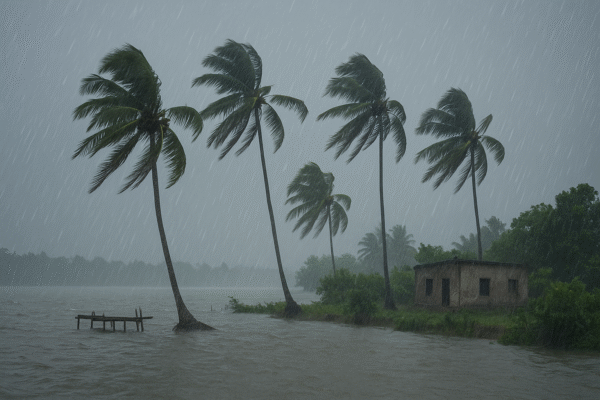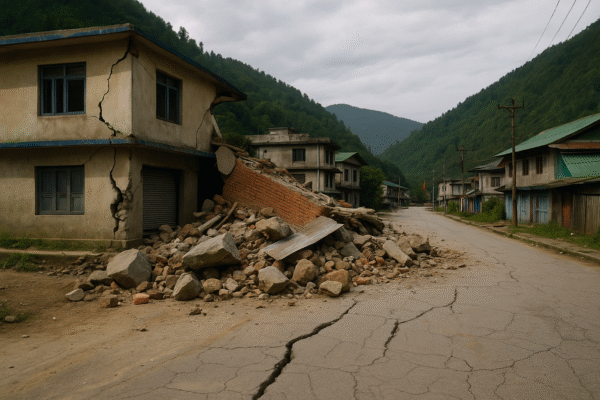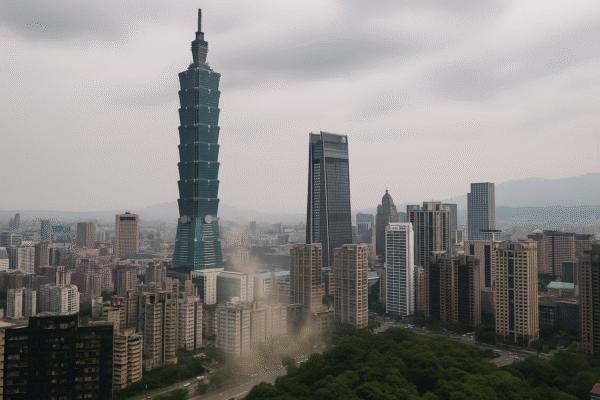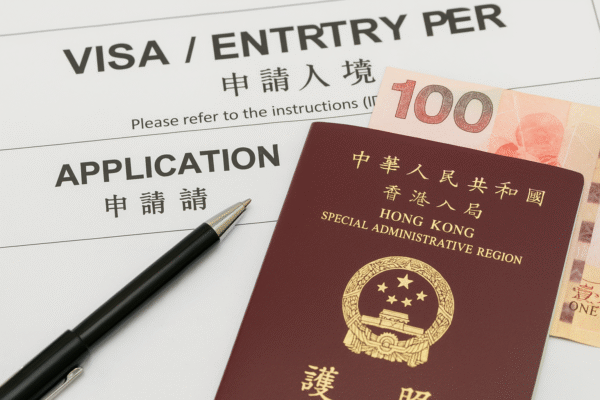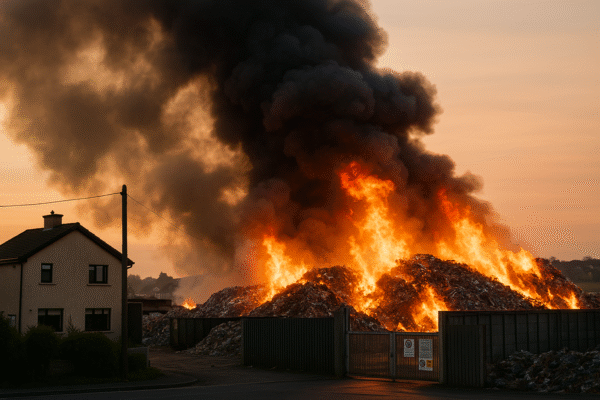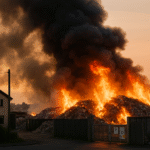On the morning of August 28, 2025, the serene hills of Arunachal Pradesh were jolted by a mild tremor measuring 3.6 on the Richter scale. The earthquake, centered in East Kameng district, occurred at 8:05 am IST with a shallow depth of 10 kilometers. Though not severe, the tremor served as a reminder that this breathtaking Himalayan state lies in one of India’s most seismically active zones. The National Centre for Seismology swiftly released official data, allowing residents, tourists, and authorities to stay informed.
Arunachal Pradesh, known for its pristine landscapes, cultural diversity, and unexplored trails, often attracts tourists seeking both adventure and tranquility. However, this event reinforces the delicate balance between natural beauty and natural hazards in the region.
Key Details from the Earthquake Update
- Magnitude: 3.6 on the Richter scale
- Epicenter: East Kameng district, coordinates 27.77°N and 93.12°E
- Depth: 10 kilometers
- Time: 8:05 am IST, August 28, 2025
The tremor caused light shaking across East Kameng and nearby regions, but no major damages or casualties were reported. While mild earthquakes are common in the region, the shallow depth of this one made the tremor more noticeable for residents and travelers.
Seismic Activity and Its Relevance to Arunachal Tourism
Arunachal Pradesh sits along the eastern Himalayan seismic belt, making it highly prone to earthquakes. Although tremors are frequent, the tourism industry continues to thrive due to the state’s natural allure. Visitors often trek across lush valleys, visit ancient monasteries, and explore tribal villages that showcase the vibrant cultural tapestry of the Northeast.
For travelers, awareness of the state’s seismic vulnerability is essential. Earthquake safety measures—such as understanding evacuation points in hotels, keeping basic supplies, and staying informed through local advisories—help ensure a safe and memorable journey.
Why Depth Matters in Earthquakes
The 3.6 magnitude tremor’s depth of just 10 kilometers explains why locals felt it clearly despite its modest magnitude. Shallow quakes often cause more surface-level shaking compared to deeper earthquakes. In contrast, deeper tremors, even with higher magnitudes, may feel less intense at the surface.
For tourism stakeholders—such as hoteliers, homestay operators, and tour guides—this highlights the need to maintain strict adherence to safety protocols. Ensuring earthquake-resistant infrastructure in lodges and resorts, along with proper visitor guidance, strengthens traveler confidence in choosing Arunachal Pradesh as a destination.
Recent Seismic Patterns in the Region
This earthquake in East Kameng is part of a broader pattern of seismic activity in northern India. On August 23, 2025, Assam’s Karbi Anglong district recorded a 2.7-magnitude tremor. A few days earlier, Jammu and Kashmir’s Kupwara district reported a 3.5-magnitude quake. These incidents, though minor, underscore the seismic dynamism of the Himalayan arc.
For tourists exploring Northeast India, such updates provide valuable information. Awareness of ongoing seismic trends helps them stay prepared and better appreciate the geological forces shaping the breathtaking mountains and valleys they travel through.
Safety Preparedness and Government Initiatives
Arunachal Pradesh authorities have consistently emphasized disaster readiness, especially in districts like East Kameng. Earthquake drills in schools, community awareness programs, and village-level disaster management workshops are regular features. These efforts extend to the tourism sector, where officials work with local operators to establish emergency protocols for visitors.
Travelers are encouraged to note evacuation plans in hotels, carry essential documents, and remain calm during unexpected tremors. Tour operators often brief groups about safety steps, ensuring tourists feel secure while exploring remote valleys, monasteries, and national parks.
The state government also collaborates with the National Centre for Seismology to receive timely updates, ensuring accurate communication reaches even the most remote hamlets and tourist camps.
Arunachal Pradesh: A Destination of Resilience
Despite being in a seismic zone, Arunachal Pradesh continues to flourish as one of India’s emerging tourism hotspots. Its resilience lies in the community’s ability to live harmoniously with nature while safeguarding traditions and resources.
Tourists who venture into East Kameng discover more than its seismic stories—they find hidden trekking trails, sacred monasteries like Chilipam, and vibrant tribal festivals. The locals’ warmth and readiness to share safety knowledge with visitors create an environment of trust, making tourism sustainable and secure.
Conclusion: Staying Informed, Staying Safe
The August 28, 2025, Arunachal Pradesh earthquake update may not have caused damage, but it serves as an important reminder for both locals and travelers. In a state where seismic activity is part of life, preparedness is key. By staying informed, adhering to safety measures, and appreciating government preparedness, visitors can continue to enjoy the unmatched beauty of Arunachal Pradesh.
East Kameng’s tremor is not just an earthquake update; it’s also a story of resilience and coexistence. Tourists who travel to Arunachal Pradesh can take away not just memories of its snow-capped peaks and emerald forests but also lessons in respecting and adapting to the forces of nature.
With careful planning, responsible tourism, and real-time updates, Arunachal Pradesh continues to remain a destination where adventure meets awareness, offering travelers an unforgettable and safe experience in the lap of the Himalayas.
For more travel news like this, keep reading Global Travel Wire




